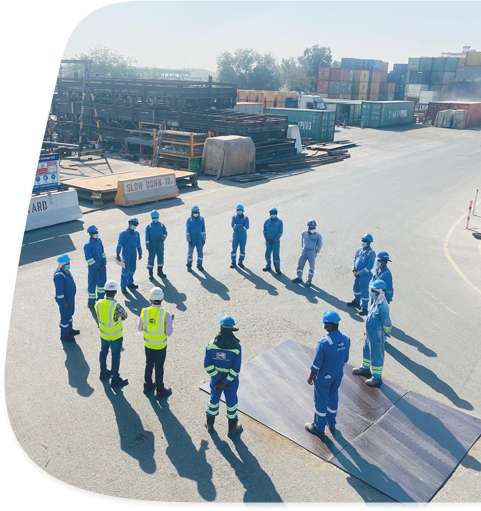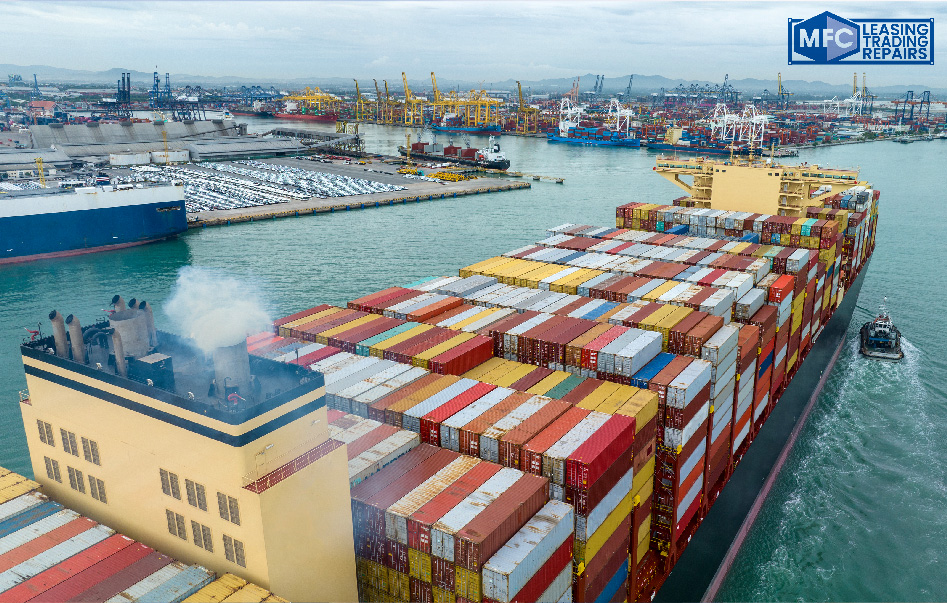-
 containers@mfc.ae
containers@mfc.ae  Jebel Ali Industrial Area, Dubai, UAE
Jebel Ali Industrial Area, Dubai, UAE-
 (+971)48802070
(+971)48802070

Container lines need to scrap 4.5m teu to balance market - Seatrade-Maritime
08.28.2025
An increasingly top-heavy market will need demolitions to hit 4.5 million teu by 2030 as newbuildings flood the market over the remainder of this decade, but yard capacity is expected to stymie scrapping.
Consultancy Linerlytica said in this week’s weekly report that container ship demolitions will need to achieve the same level of scrapping in the next four years as the industry has manged over the previous 25 years, if it is to rebalance the market.
“The rapidly swelling orderbook will need to be balanced by a sharp increase in scrapping, with at least 4.5 million teu to be removed by 2030, equivalent to the cumulative capacity demolished in the last 25 years,” said the consultant.
Anaemic recycling levels in recent years have not helped the situation with some 12 ships, totalling 8,465 teu, the only vessels removed from service this year.
Container ship recycling a rarity
“Container ship demolition has all but collapsed in 2025. The sale of a vessel for recycling has become such a rarity that each transaction is now an event in itself,” Braemar researcher Jonathan Roach wrote in this week’s Braemar market report.
With the average age of vessels sent for scrap up to 28 years in 2025, from a more regular 23-24 years, Braemar estimates fleet removals at a mere 0.09% of the fleet this year, compared to a five-year average of 1.6%.
“Similarly depressed levels were last seen during the Covid-era demand shock of 2021–22. In more ‘normal’ years since 2010 (excluding 2021/22 and 2025), average annual container ship demolition has been around 210,000 teu,” said Roach.
Yard capacity itself will be a constraint on global container fleet management with the entry into force of the Hong Kong Convention (HKC), from June this year, the convention regulates the recycling of vessels with the requirement to make demolition yards safer for workers and more environmentally friendly, both for those working the vessels and for local communities.
Roach argues that the HKC will act as restraint on demolition as shipbreaking nations and their yards “adapt to compliance at varying speeds.”
Even without the HKC constraint it is questionable whether the levels of scrapping required could be met.
According to Braemar data container ship demolition in 2016, reached 670,000 teu and in the period from 2012 to 2017 vessel scrapping averaged 410,000 teu per year, around 150 ships annually.
“HKC compliance is likely to reduce immediate capacity, but the expected surge in box ship demolition demand should spur investment in compliant yards, enabling global recyclers to scale up over the next five years,” argues Roach.
To read in Seatrade-Maritime click here.




